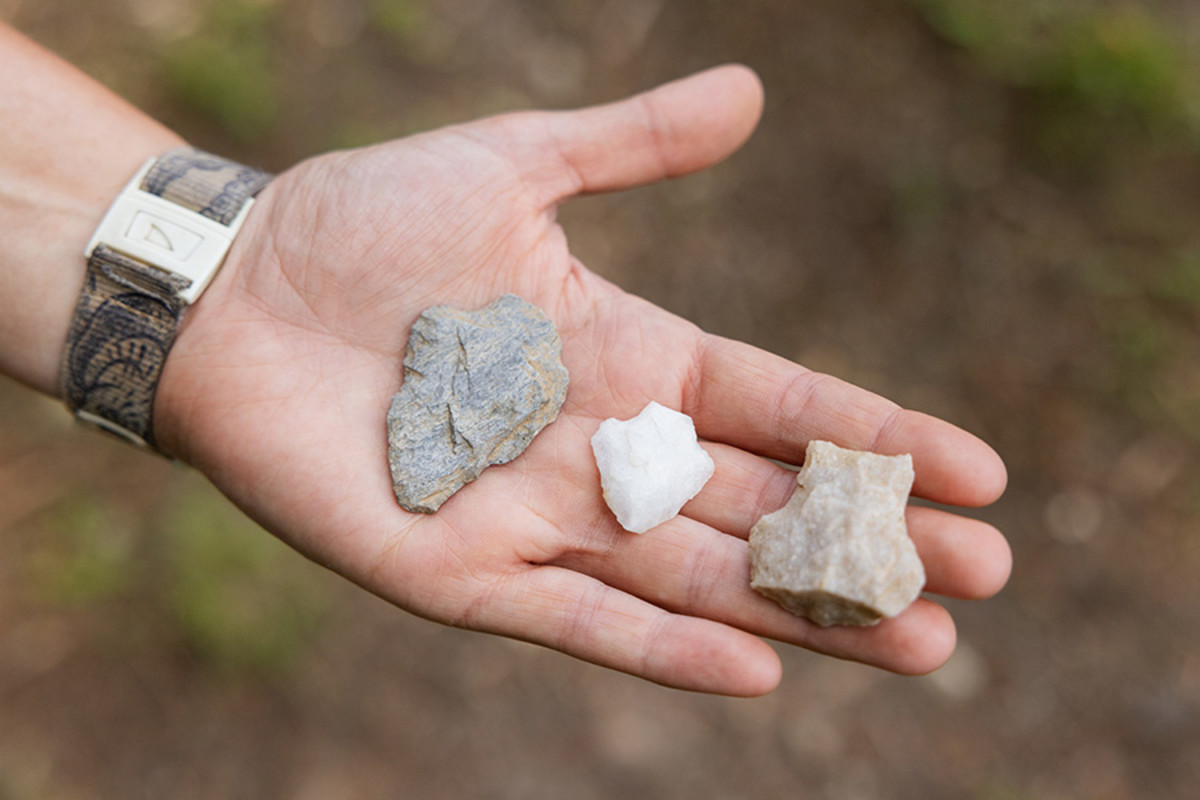An archaeology team at Appalachian State University has discovered an ancient campsite containing 8,000-year-old artifacts, the university announced in a news release.
The excavation was launched after Alice Wright, an archaeologist with the university, discovered a sharpened piece of quartz on the school’s research farm in Ashe County, North Carolina. She believes that the quartz was sharpened by human hands for hunting purposes before it was broken off in a skirmish.
Wright and her student researchers proceeded to find a wealth of Native American artifacts at the site, including pieces of a fireplace, spear and arrow points, pieces of pottery, and a storage pit. “We’ve found a lot of fire-cracked rock, which comes from the rocks being burned, creating breakages,” said Michayla Walker, a senior anthropology major. “And we’ve found a lot of stone flakes, which means the ancestral peoples at the site were making tools or getting rid of the excess here.”
Chase Reynolds/Appalachian State University
The artifacts date back to between 8,000 to 10,000 years ago, placing them in the Late Archaic and Woodland periods of North America. Based on the evidence, Wright and her team believe the site was a communal area used for meals and meetings. The area was highly desirable to the ancient people because of its particularly healthy soil as well as its perch on a terrace nearby the New River, which would have made travel relatively simple. “It’s no surprise that where people are living now, where they’re farming now, they dig up fine artifacts in the fields, in the mountains,” Wright mused. “The way that topography shapes how people live seems to be a throughline to history. It’s a way for us to think about the shared history of this landscape.
“Specifically, I look at how different folks—different Indigenous peoples from different eras, and settlers, for instance—were shaped by and took advantage of this unique landscape over the past 8,000 years or so,” Wright concluded. “Post-Helene, this work has taken on a new resonance—it’s really interesting to think about how people in the past adapted to and were resilient in the face of different environmental challenges. It’s become a thoughtful opportunity to connect the past and the present.”
Wright now hopes to return to the sites where the artifacts were found to carry out surveying with ground-penetrating radar and magnetometers. The last time these sites were surveyed was in the 1970s, and technology has now progressed to a point where it’s possible to measure archaeological traces which were undetectable decades ago.
